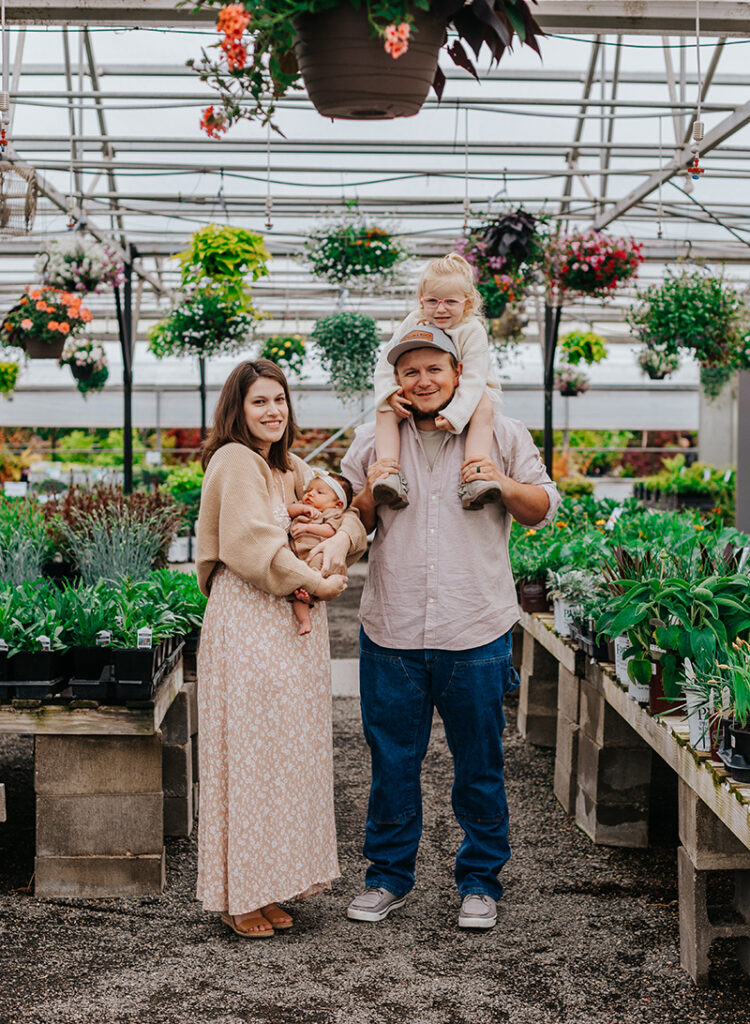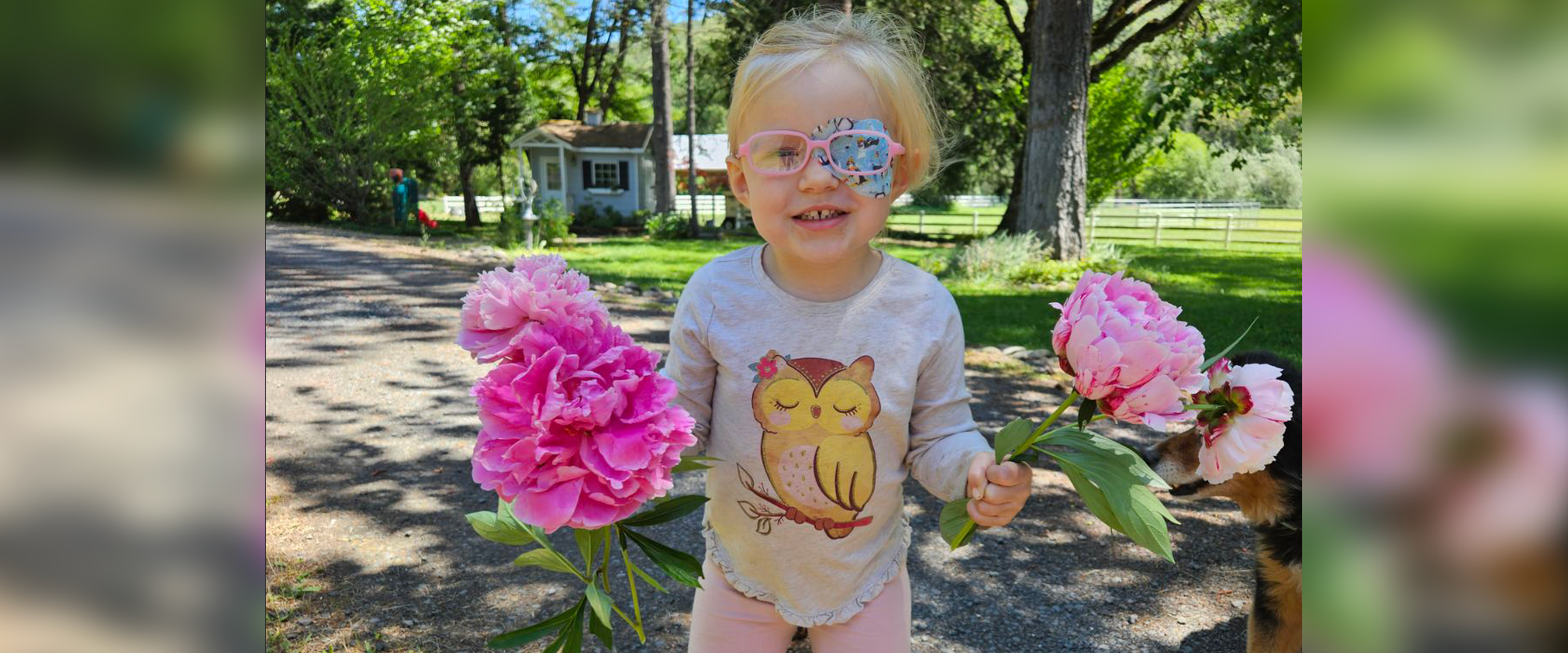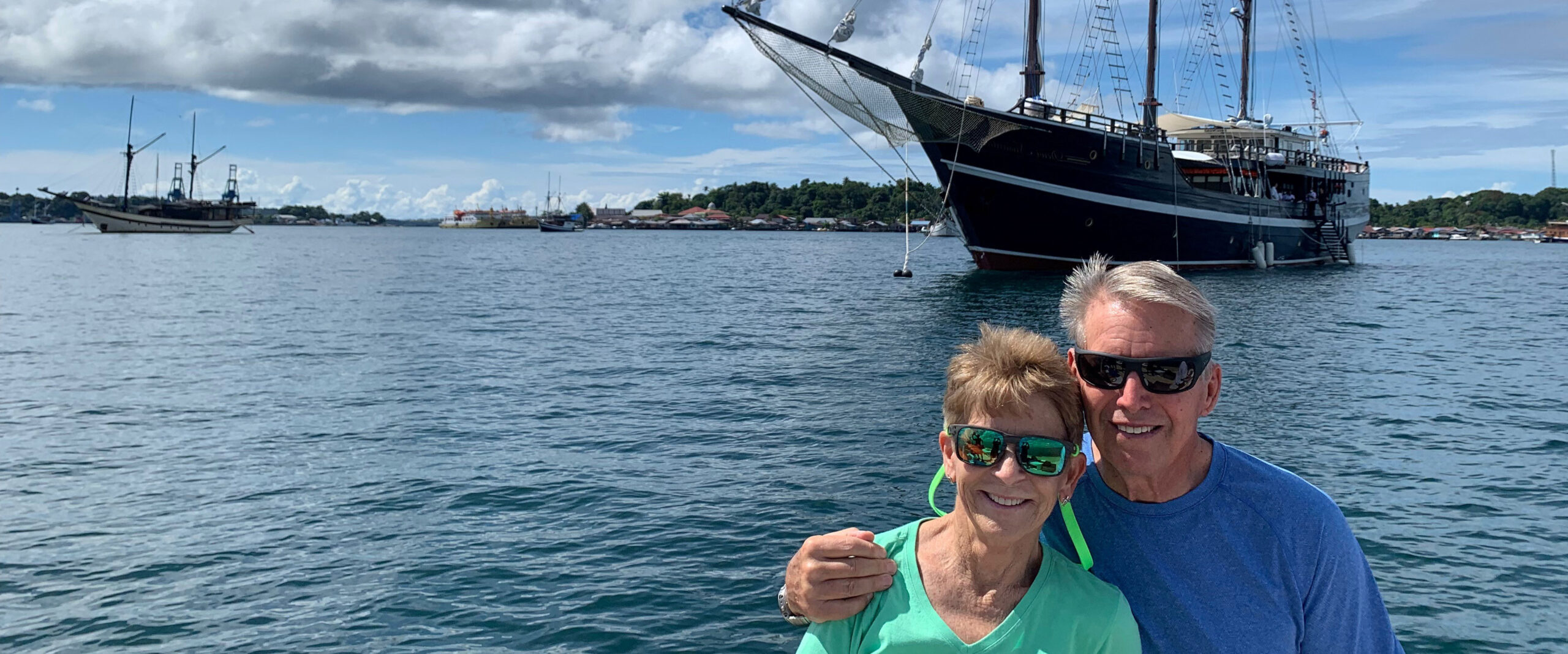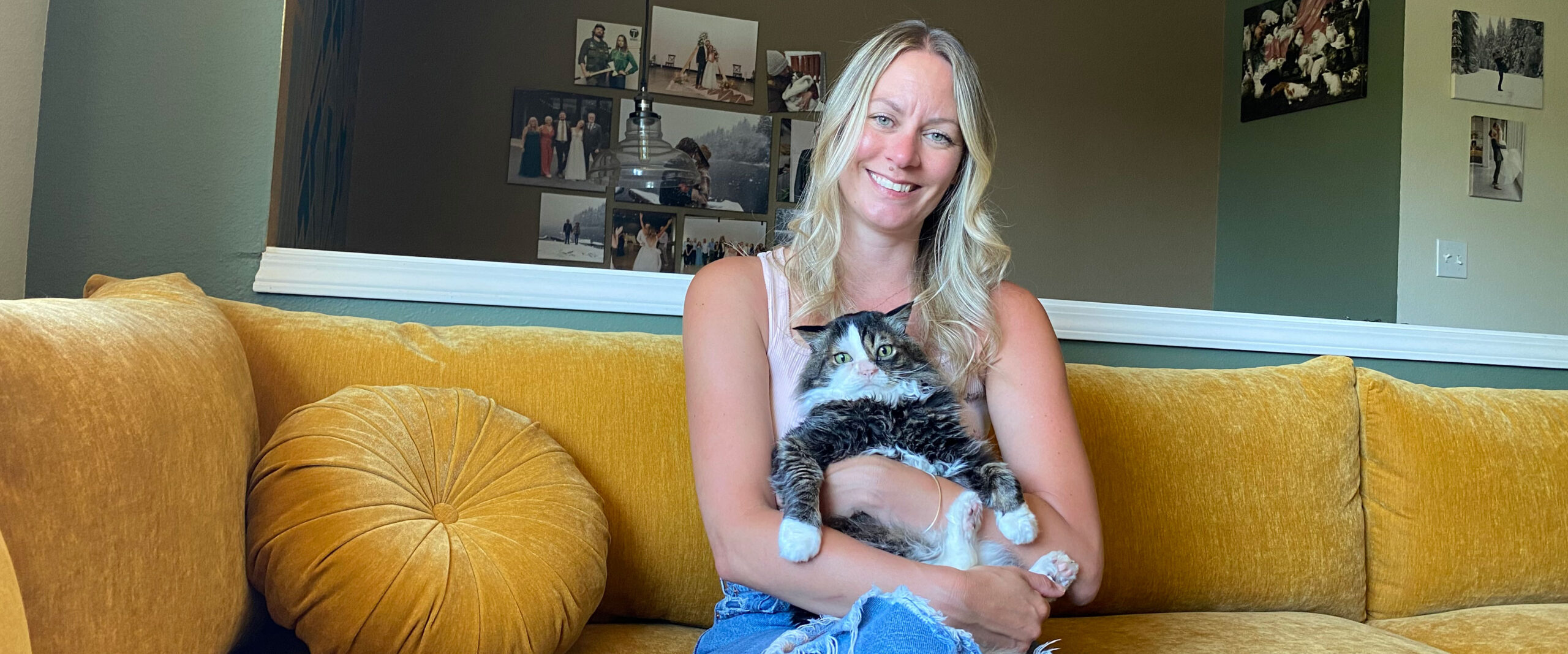It was a scene no parent ever wants to witness.
It was February of 2023. Danae Crawford was in bed recovering from a knee operation. She and her family were living with her husband’s parents on their rural farmstead along the Rogue River in Gold Hill, a small town just outside of Medford, Oregon. Suddenly, Crawford heard footsteps — hard and fast bounding up the stairs. Her mother-in-law, Amy, burst into the bedroom.
She was carrying Crawford’s 1-year-old daughter, Annabeth, in her arms.
“I’m upstairs, and my mother-in-law had just taken Annabeth out to feed the chickens as usual — I didn’t think anything of it,” Crawford said. “Amy comes in and she’s kind of frantically running around and saying, ‘We need to go to the hospital. It’s serious.’”
It took some time to decipher exactly what happened, but once she did, Crawford’s stomach dropped. Annabeth had been attacked by one of the family’s roosters, who swiped at her right eye with its talon. Annabeth’s eyes were squeezed shut, so her family couldn’t determine the severity of the injury. All they knew was they needed to get to the hospital.
Crawford dialed 911, and an ambulance soon arrived to take Annabeth, who’d fallen asleep due to the trauma, to a hospital in Medford. There, doctors managed to open her eye to discover that the rooster’s talon had punctured it. They knew the clock was ticking and that if Annabeth’s eye was to be saved, she needed emergency surgery. She and her dad were loaded into a helicopter and flown to OHSU Doernbecher Children’s Hospital while Crawford and her father-in-law drove four hours to meet them in Portland.
“(Annabeth’s doctors) were amazing. They answered all my questions. They were available for messages and phone calls whenever I needed.”
Danae Crawford

Crawford arrived not long after Annabeth to see providers from Doernbecher and the Elks Children’s Eye Clinic collaborating on a plan of action. Annie F. Kuo, M.D., an associate professor of ophthalmology in the OHSU School of Medicine, performed the surgery that repaired Annabeth’s eye.
“She did an amazing job,” Crawford said. “They never had to do anything else on the repair side. She just fixed it all entirely.”
From there, Annabeth’s care was transferred to Allison Bradee, M.D., an assistant professor of ophthalmology in the OHSU School of Medicine, who performed three more procedures to take out cryostitches, relieve pressure, check on how her eye was healing and remove her lens, which had developed a trauma cataract. Fortunately, Annabeth’s retina remained intact. Because eyes develop into adulthood, however, Annabeth won’t be able to have a new lens surgically attached until she’s 18-25 years old.
The care didn’t just focus on Annabeth; they ensured her parents’ needs were met, too.
“They were amazing,” Crawford said. “They answered all my questions. They were available for messages and phone calls whenever I needed. I basically got a crash course in how the eye works. They were just 100% on top of it.”
Annabeth’s healing didn’t stop when she returned home. When one eye is injured, the brain tends to use only the unaffected eye to see, resulting in less visual acuity in the injured eye. Annabeth had to wear an eyepatch over her healthy eye for four hours a day to help her vision improve in her injured eye. She also required four sets of eyedrops four times a day.
At first, Annabeth’s vision was severely limited when she wore the eyepatch, even with a temporary lens inserted. But after about a month, her vision with her eye patch on had improved enough for her to be able to recognize objects set in front of her.
“The first time she identified something with her patch on, I remember looking at my mother-in-law and both of us just starting crying,” Crawford said. “She was getting her vision back. It felt like a miracle.”
Today, Annabeth is as playful and rambunctious as your average 3-year-old, and her eyesight is remarkably improved. She continues to see her care team at the Elks Children’s Eye Clinic every few months for regular eye exams and will require more minimally invasive surgeries at OHSU as she grows up. Annabeth wears glasses and a contact lens, continues her eye-patching regimen and sometimes struggles to identify things far away, but her vision continues to get better every day. With the support of their providers at OHSU and their faith, the Crawfords are moving forward with hope and optimism.
“I had to attend counseling to cope with Annabeth’s injury and my inability to care for her myself while I was injured,” Crawford said. “My counselor reminded me that our God is caring for her. … Instead of being broken by this trauma, God heals and strengthens us.”




